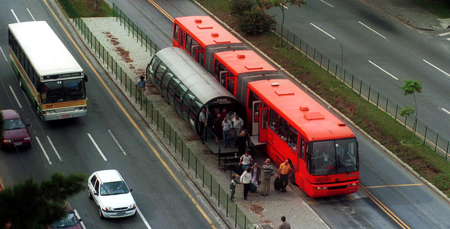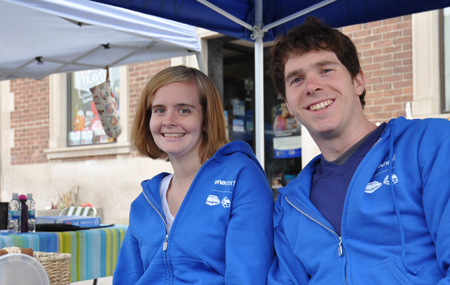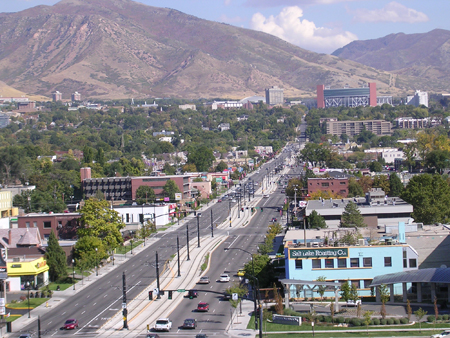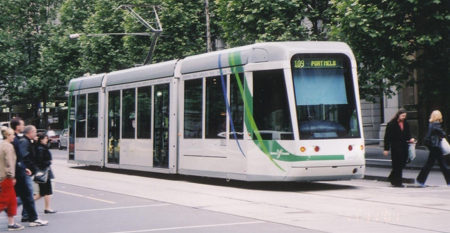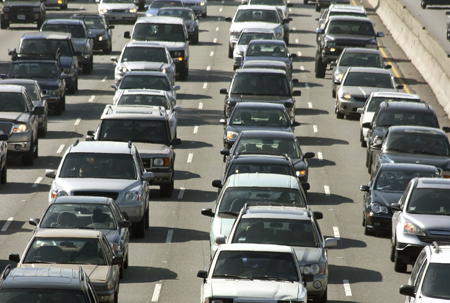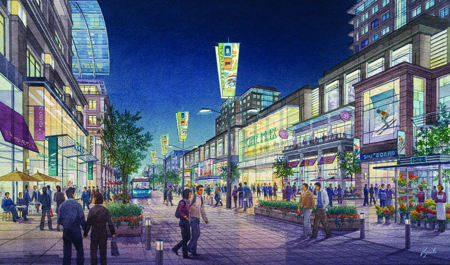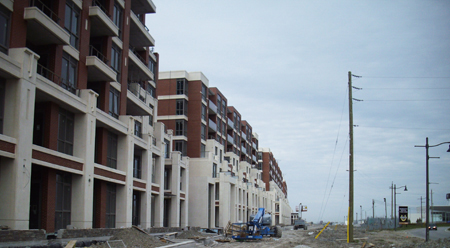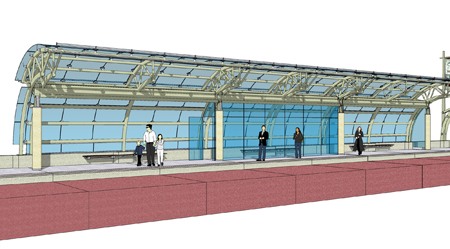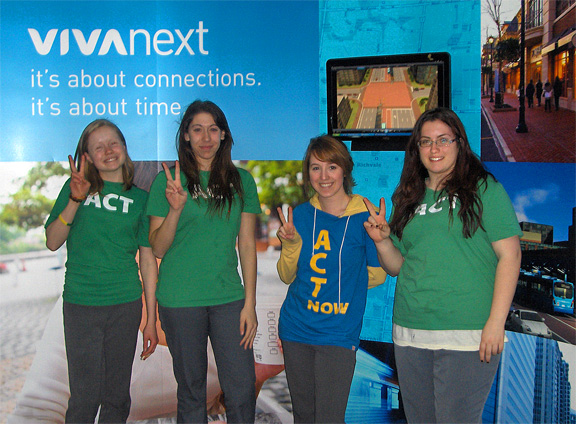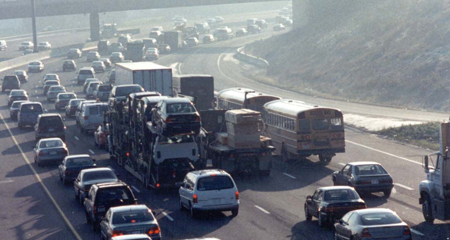
While warmer weather and patio surfing go hand in hand, unfortunately, so do smog advisories. Smog, which is most prevalent in summer and can affect our health, is produced when heat and sunlight react with air pollutants such as the ones we emit when we burn gasoline to drive our cars.
While we have been largely spared of smog advisories this summer due to cooler temperatures, this past week we have seen some days where the temperature after humidity reached almost 40 degrees sparking advisories. And last summer eight advisories were issued over a 17-day period in and around the GTA. According to the Ontario Ministry of the Environment, one of the best ways to reduce smog advisories is to reduce our car use in warmer weather and take transit.
The vivaNext plan will make transit more convenient and up to 40% faster, providing a viable alternative to driving even when there is no smog advisory. With such speed and convenience, why would anyone choose to sit in congested traffic? We’re focused on moving the vivaNext projects forward and starting construction.
In addition to taking transit, here are some other ways you and your family can help spare our air –
See what kids can do to keep our air clean
Tips from the Ministry of the Environment

